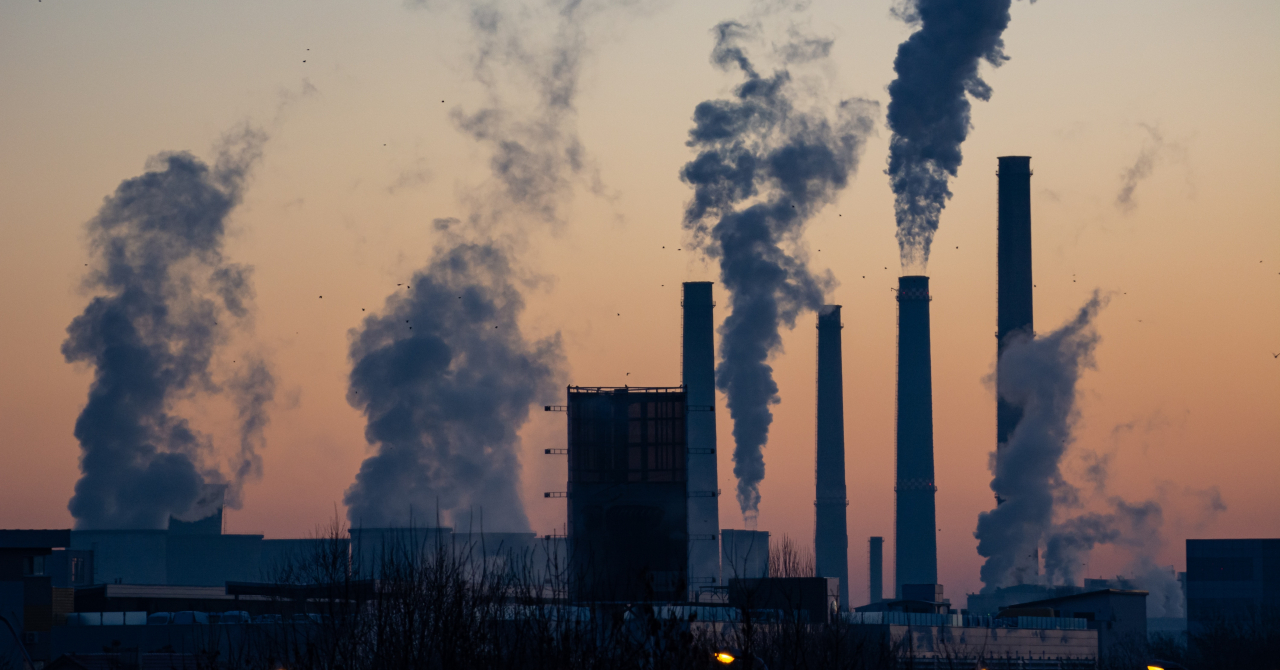According to The Brussels Times, air pollution remains a big issue in most important European cities, and the higher the levels of fine particles in the air, the higher the chances of serious illness.
In fact, the study which provided the data claims that "96% of the urban population was exposed to concentrations of fine particulate matter above the 2021 WHO guideline of 5 micrograms per cubic meter."
The most affected cities by the poor air quality were those in Eastern Europe and in Italy, where high levels of fine particles and benzopyrene (editor's note: a carcinogenic product resulted by burning hydrocarbons) were recorded.
One part of the European Green Deal is "Zero Pollution Action Plan", by which the European Commission wants to reduce the number of deaths related to fine particle matter by at least 55% compared to figures from 2005.
The standards of the EU regarding urban pollution are significantly lower than the standards of the World Health Organization.
The EU claims that less than 1% of the EU urban dwellers are exposed to high levels of fine particle pollution, whereas numbers coming from WHO say 96%.
The European Commission has initiated a review of its air quality in order to try and comply with WHO recommended figures.
For example, according to WHO standards, Belgium's air quality is considered "moderately unsafe", with 13 micrograms per cubic meter, which exceeds the recommended maximum of 10 micrograms per cubic meter.
Because of the Covid-19 pandemic, 2020 saw a decrease of greenhouse gas emissions, due to less flights. less shipping and less production.
Nitrogen dioxide emissions fell by 70% in major cities after the first lockdown in April, 2020, with concentrations of nitrogen dioxide falling by 25% in countries such as France, Spain and Italy.
Poor air quality-related illnesses claim around 400.000 lives in Europe annually, 25.000 of these being recorded in Romania alone.
 Mihai - Cristian Ioniță
Mihai - Cristian Ioniță












Any thoughts?